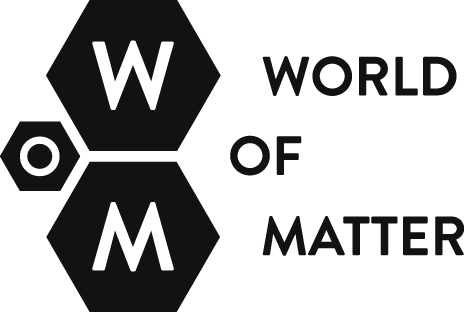But scarcity is by no means a new framework for grappling with the gradual loss of ready access to natural resources. From Thomas Malthus’ late 18th century Essay on the Principle of Population1 to the Club of Rome’s 1972 Limits to Growth report2 and resurgent concerns over the diminishing resource base for humans, the concept of scarcity points to a conclusion shared by all diagnoses of resource crisis, namely that we will inevitably be compelled to accept rationing of some sort if we are to survive on a limited planetary surface. In the 1960s and 1970s, visionary architects such as Paolo Soleri and Mike Reynolds transformed the intellectual and ecological paradigms of resource scarcity into experiential spatial laboratories with their designs for eco-cities that leave only a small footprint on the Earth. These concepts were formulated in a time that saw the emergence of neighbourhood action initiatives, free-thinking groups and eco-communes intent on producing new narratives of self and relatedness and radicalising political and environmental thinking.
The current revival of the scarcity model is different in the sense that it is taking place in the context of post-millennial concerns over climate change, peak oil and the loss of biodiversity, one in which resource depletion has become increasingly entangled with the affective regime of late capitalism and its expansion of commodity space. An infinitely exploitable resource, symbolic and affective commodities are the key currency that is now employed to mitigate the late-capitalist crisis of the political economy. They are designed to bail us out of a growing ecological debt and to help us reorient our attachment to the ecologies we inhabit.
The nature of this complicity is epitomised by the current race for rare earth elements, minerals that are critical components in modern electronic devices and ‘green’ technologies ranging from hybrid cars and flat screen displays to low-energy light bulbs and generators used in wind turbines. The fact that rare earths are scattered in small quantities within soil makes mining these minerals cost-intensive and ecologically harmful. The process of extracting rare earth oxides and metals has produced fractured and extremely inhospitable mining landscapes, with the Bayan Obo Mining District in Inner Mongolia leading the way. On the other hand, the environmentally taxing aspect of this enterprise is skilfully softened by displays of rare earth compounds in on-site showrooms whose minimalist-but-luxurious style outshines the glamour of iconic artworks such as Damien Hirst’s well-known Pharmacy installation (1992) with its display of cabinets full of mysterious substances or his recent sculpture of a diamond-encrusted human skull (For the Love of God, 1997). These parallels are anything but accidental. Like the art world’s fusion of market and aesthetic assets into long-term value, resource value has in a sense become dependent not only on the idea of scarcity but on its ostentatious celebration. Scarcity has been transformed from a threat into a stage-act.
In his book on Assemblage Theory and Social Complexity, Manuel de Landa describes how resource distributions never exist in an abstract space but are in fact always related to concrete spatial entities, such as communes, markets or interpersonal networks3. Resources can be seen as the emergent properties of such entities, be they physical resources like oil, water, cotton or rare earth metals, or conceptual ones like solidarity, mutuality, legitimacy or trust. Obviously, there is a connection between these tangible and intangible assets that needs to be explored further to fully understand the nature of the crisis that we feel immersed in. We are not sure whether the connection lies with a certain attachment to the ecologies that we inhabit or whether these feelings have now entered new and complex circuits of cross-contamination, but what is clear to us is that there is a loose thread running through the various fields of crisis, one that has to do with a changing relationship between the individual and the collective – between individual forms of understanding loss and a collective structure that is needed to cope with the consequences of crisis. With the formation of new spatial entities – global social movements, networked activism, distributed collaborations, general assemblies, online communities – new modes of collective operation have only just begun to discern possibilities for alternative resource ecologies against the backdrop of the current spectacle of resource depletion.
1 Thomas Robert Malthus (1993 | 1798) An Essay on the Principle of Population. Oxford: Oxford University Press.
2 Donella H. Meadows, Dennis L. Meadows, Jørgen Randers, and William W. Behrens III (1972) The Limits to Growth: a report for the Club of Rome's Project on the Predicament of Mankind. New York: Universe Books.
3 Manuel DeLanda (2006) A New Philosophy of Society: Assemblage Theory and Social Complexity. London and New York: Continuum.


